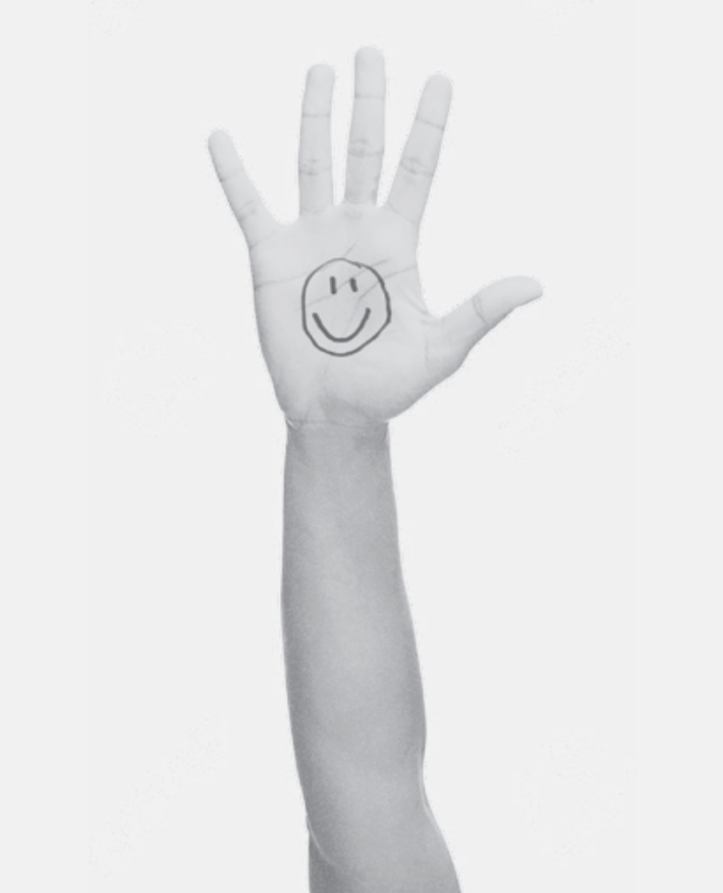Making Cultural Infrastructure: urbanising the museum
What does it mean for a museum to be urban? How do you exhibit what a city is?
The Museum of London is making plans to leave its purpose-built modernist structure at London Wall and renovate part of the old Smithfield Market as a new facility, designed by Asif Khan Ltd and Stanton Williams Architects. As it does so, it has the opportunity to transform its relationship to the city spatially, socially, and culturally. Theatrum Mundi is working together with Museum of London to stimulate a critical debate about the implications of translating a museum of the city from a singular, purpose-built architecture to a plural, pre- existing fabric: in other words, what it means to urbanise the museum.
Urbanity, amongst other things, is a concentration of differences – functional, social, and temporal – and of tensions between these differences. To be a museum of London is surely to be a museum of this heterogeneity, but can a museum operate in an ‘urban’ way or only represent the effects of urbanity through artefacts and information?
In order to address this question, we hope to stimulate discussion around two provocations highlighting different aspects of heterogeneity embodied by Smithfield. The aim is to think critically about what museums of the city are for, and how this might inform the way they are made, rather than to answer specific questions in the design of the Museum of London. With this project as a starting point, we hope also to think about the conditions that constitute urbanity, and by what means a museum can communicate or create those conditions.
Production and Display: the museum as a market
To what extent can the market that constitutes Smithfield’s history inform the planning of the museum? The ‘Smooth Field’ was a site combining cattle grazing and selling – a site of food production and trade. Smithfield Market represented the first formalisation and mechanisation of meat supply in London, allowing food created outside the city to be put on display as produce, for customers more distanced from the conditions of its creation. Markets now are often understood to be ways to decrease the distance between production and display: their reinvention in London draws on crafts, light industry, and food production happening within or near the city, linked with a re-focus of artisan manufacturing within the urban environment. Can the museum be a site of both production and display? What networks of urban production can the museum make visible in the way a market might? Are public culture and commerce at odds or might they inform one another?
Time and Rhythm: the 24-hour museum
Urban form supports a rhythm of changing activities from day to day, and the night is increasingly recognised as a time for culture, labour, and public life. Smithfield particularly has a complete 24-hour cycle of activities, from markets, to offices, restaurants, and clubs. These temporal differences encode social diversities and inequalities: nocturnal labour, including that needed by museums, is often lower paid and suffers from poor infrastructural provision, but the night can also be a space of increased freedom and expression. How can the museum meaningfully incorporate the diversity of rhythms that constitute the city? Could it transform what and who the nocturnal city is for?
